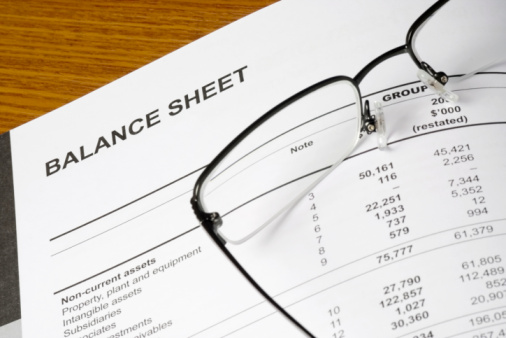What is cash flow? That’s a question I get often from my small business owners in my classes.
Break it down. Define what is cash, right?
Cash is the cold, hard, green stuff you get to run your business. It’s like the gas in your car. If you have a lot of gas, you can go a long distance.
It’s the same with cash. If you have a large cash balance at the end of a month, you can do all kinds of wonderful things with that cash. You can pay bills, invest in marketing, hire staff, get bigger space. Cash is crucial.
So many people have been running on credit that they actually no longer make the distinction between credit and cash.
It’s important. Listen up. Cash is an asset. Using a credit card is a liability. Cash is like all assets, it’s something you OWN. It’s yours. You don’t have to “pay it back” if it’s been earned. Credit cards are NOT cash.
When you use your credit card, you are incurring a liability. You owe the credit card company the value of what you just bought. You may THINK you just purchased something, but the truth is, you don’t OWN it until you pay the credit card company. In theory, there’s a lien on the item until you’ve paid for it. You’ve heard the expression, “own it free and clear”? That only happens after you have paid the bill. Free and clear. That’s what you want.
If your business generates cash from sales, you get to keep the difference after you’ve paid all your bills.That’s a beautiful thing.
When you pay a bill with your cash balance, the invoice is satisfied. It’s off your plate. You don’t owe it anymore. That helps the sleep at night factor a lot.
When you pay for something with a credit line or a credit card, you’re still on the hook to pay it back. And the interest on that credit keeps piling up.
You’ll agree that it really pays to track how much cash you have around, no?
How’d you like it if you could never tell when your gas tank was empty? That would create some very unhappy surprises. If you didn’t know how much cash was available, that would get pretty dicey too.
So how do you measure how much cash you have? You have to measure the flow of cash or like the bean counters like to say, CASH FLOW.
Imagine your checkbook. Most people have one for their personal account. It’s the same for your business. Your business’ cash flow statement is just like your checkbook.
What is cash flow? It’s tracking the level of cash in the business at any point in time. Here’s how:
First, start with the cash balance you have at the beginning of the month. The bank usually gives you that.
Second, add the cash you made from customers paying you for your services. Not sales, mind you, but CASH. This is when customers actually gave you hard currency, sent you a check or offered you THEIR credit card and the transaction clears).
Third, deduct the cash that flowed out that month to pay expenses.
Last, see what the leftover or Ending Cash Balance is after you’ve accounted for the additions and subtractions to your starting balance. This is accounting on a CASH BASIS. Let’s keep it simple for now and make believe you’re an ice cream shop. No one pays for their cone with an I.O.U!
What is cash flow? It’s really not complicated. If you can manage your personal checkbook, you can easily answer the question what is YOUR cash flow.
We put out a HARO pitch to ask our small business owners which accounting software they love to use to manage their cash flow. We’ll be reviewing them and sharing that with you.
We wanted software that was easy to learn, cheap to use, great for service as well as product businesses, easy invoicing, great for technophobes (like me) and can handle accrual as easily as cash accounting.
Read the comments on my blog post about Free Accounting Software from Rob Maurin of Wave Accountingone of the first responses we got! Thanks Rob!



{ 0 comments… add one now }